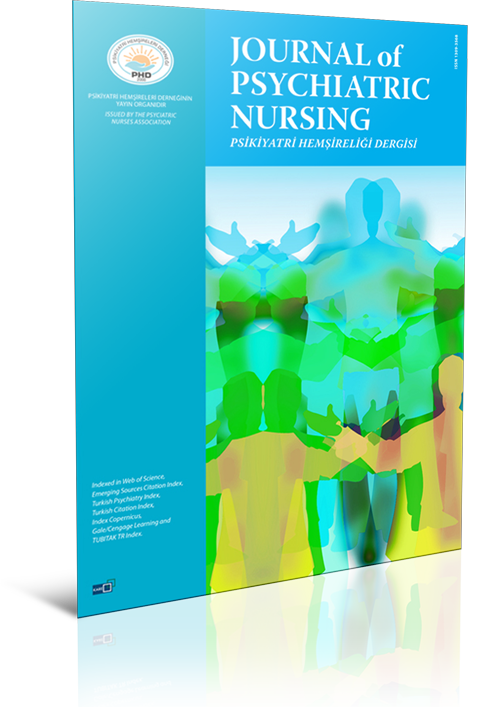
The relationship between orthorexia nervosa tendencies and OCD symptoms in healthcare professionals
Güllü Yazkan, Nezihe UğurluDepartment Nursing, Muğla Sıtkı Koçman University Institute of Health Sciences, Muğla, TurkeyINTRODUCTION: Concurrent with the recent popularity of concepts related to organic nutrition, detoxification, healthy living, and natural products of many types, there has been a rise in the incidence of orthorexia nervosa, broadly defined as an excessive preoccupation with healthy eating. This condition is frequently observed among professionals for whom physical appearance is important, as well as doctors, nurses, dieticians, and others with medical knowledge of nutrition. Obsessive-compulsive disorder may accompany orthorexia. The aim of this study was to examine the association between orthorexic tendencies and obsessive-compulsive symptoms among healthcare personnel.
METHODS: The sample consisted of 183 male and female healthcare personnel aged 2065 years who voluntarily participated in the study. A questionnaire was used to determine sociodemographic characteristics. The ORTO-15 scale was used to measure orthorexic tendencies, and the Maudsley Obsessive Compulsive Inventory (MOCI) was used to assess obsessive-compulsive symptoms.
RESULTS: There was a statistically significant relationship between orthorexic tendencies and age, sex, a diagnosis of chronic disease, regular use of medication, and observing a specific diet (p<0.05). The mean ORTO-15 score was 37.56±4.42 (female: 37.18±4.36, male: 38.48±4.45). The mean MOCI score was 61.90±6.80, and there was a statistically significant correlation between these values. Analysis of the subscales and the overall score also revealed a statistically significant relationship.
DISCUSSION AND CONCLUSION: The results revealed a statistically significant difference in orthorexic tendencies based on age and sex (p<0.05). No statistically significant relationship was detected in the ORTO-15 scores by body mass index values. A statistically significant difference was detected in the MOCI score according to the marital status, sex, and education variables (p<0.01). There was also a statistically significant difference seen in the evaluation of the ORTO-15 score and the MOCI score. The findings indicated an association between orthorexic tendencies and obsessive-compulsive symptoms.
Manuscript Language: English


















